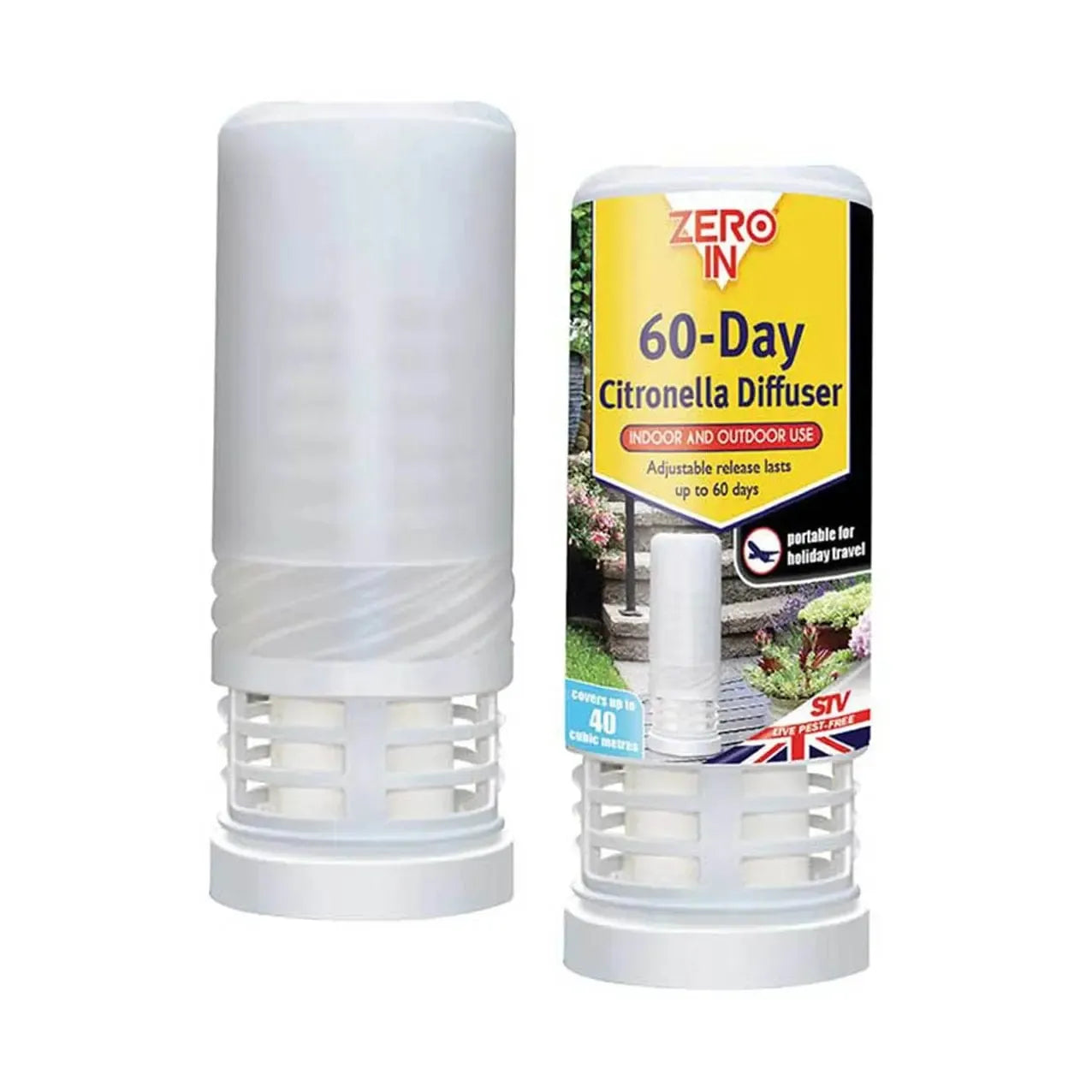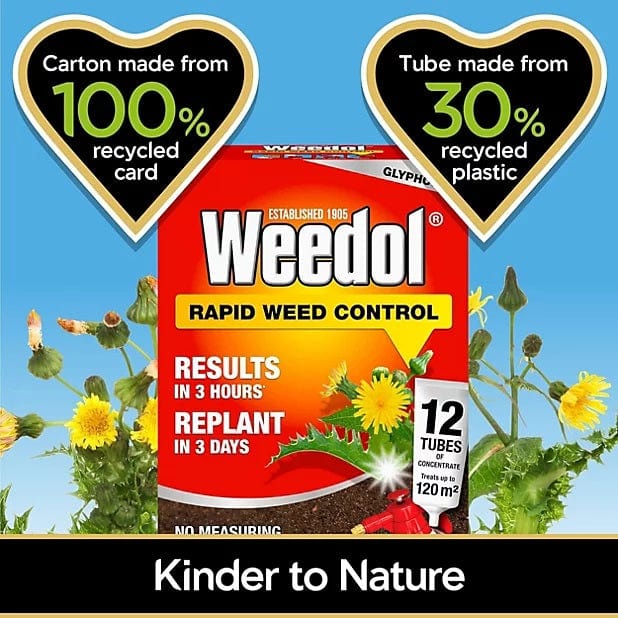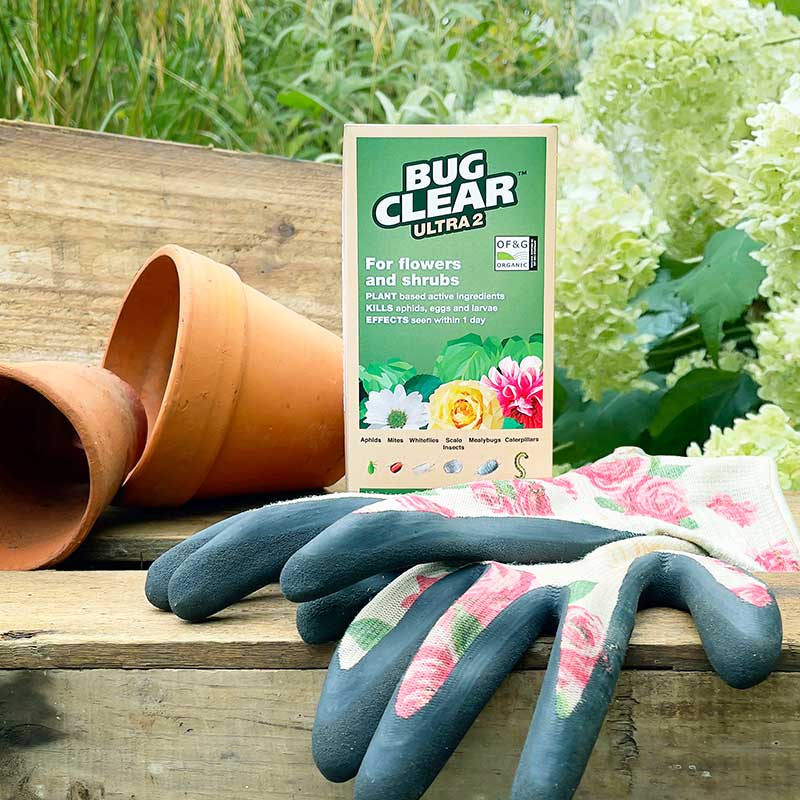Advantages of Natives in Your Garden
- 〡
- 〡 by Fitfit Garden

Native Plants in Your Sustainable Garden Role
Discover how to use local flora in your garden in order to increase biodiversity and sustainability for the benefit of your local environment and beauty.
Native Plants in the Philippine Context:
Introduction
Amid increasing environmental issues, the concept of a green garden gains momentum across the globe. This article will enable you to dive into the core role that native plants play in making a sustainable garden that delves into the colorful flora in the Philippines. As the islands face deforestation, urban sprawl, and the looming specter of climate change, the role of indigenous plants in the protection of local ecosystems and biodiversity becomes more apparent.
Native Philippine plants, aside from being ecological gems, are also cultural pearls that deeply play a part in traditional customs and heritage of the nation. These plants, today, are opening a new route towards sustainable gardening as they give not only ecological solutions but also cultural relevance. Let us explore with you this exciting domain of native plants which is central to building a sustainable garden in the Philippines in the celebration of nature and cultural traditions.
The benefits of growing Native Plants in your garden
They contain many benefits to the environment and the general sustainability of your garden. Native plants have evolved and adapted for millions of years to their local conditions, which then makes them uniquely suited for thriving in their home environment while providing an array of ecological benefits.
Nurturing local wildlife
For instance, they are greatly helpful in the conservation of wildlife in the area. They provide habitats and food for many different species such as bees and butterflies, birds, and other beneficial insects. All these organisms are therefore well adapted to the local flora and thus depend on these plants for survival. This is when you end up introducing the animals to your sustainable garden, therefore giving them a haven. You actually promote biodiversity right within your backyard.
Water Saver Heroes
They also offer tremendous benefits in terms of water saving. These may be especially invaluable to the Philippine weather as, during the summer months and in the months of El Niño events, sources of water can be limited. Since they are locally adapted to the specific local conditions of weather, native plants use much less water compared to non-native ones. Since they have already grown in the pattern of rainfall in their locality, by and large, native species are resistant to drought; hence these are perfect plants for planting in a water-wise and sustainable garden.
Less work with full sustainability
Generally, they require less maintenance as compared to the exotic species. They have evolved for survival with local soil, climate, and pests so that there will be fewer needs for chemical fertilizers and pesticides. This, in turn, makes your garden more sustainable and also saves you from a great deal of time and energy used in its maintenance.
There must be good integration of natives in your garden. These illustrate that you smartly made a choice toward sustainable living within gardening. This is on creating an area of work with, not against nature. Among these, a sustainable garden is more than just some plot of land; rather, it's a vibrancy of the ecosystem alongside a haven for wildlife as well as testament to the beauty and resilience of Philippine natural heritage.
Plants for Your Native Garden
Really, it can blossom and give your sustainable space a chance to be the best for your garden. That process makes you have to consider specific conditions that your garden has and which, consequently, leads you to the choice of plants naturally native in the Philippines but which work perfectly well with your environment.
Among the choices one has to make when choosing native plants, sunlight, soil type, and water are the three of the biggest considerations. Still, other species have needs that are unique; whereas some do great in the full sun, others appreciate a lot of shade. Some like rich loamy earth, whereas others may do very well on sand or rocky earth. Knowing which species is adapted to succeed under a given condition may just get you that one plant which would make all the difference under your specific garden conditions.
Exploration of Native species
Most of the native Philippine plants are an excellent combination for the gardens. Take, for example, the Tectona philippinensis or Philippine Teak, which is a very good ornamental tree with the quality of good wood plus resistance to pests. They love full sun and also well-drained soil. This species, therefore, is excellent for larger gardens and receiving full sun.
It is also an important landscape focus. This way, it helps maintain the local ecosystems by being a source of habitat and food for various species of wildlife, hence significantly adding to the balance and strength of the ecosystem.
Katmon is the local name for Dillenia philippinensis. It is a flowering plant. They are also bolo bayaua. It mostly grows in low or medium-altitude forests. Since this came from Philippines, this tree may grow on Luzon, Babuyan Islands, Polillo, Masbate, Mindoro, Negros Island, Leyte, Cebu, Guimaras, and Basilan. Since such trees are said to possess smelly large flowers while elephant apple fruits are good to eat, surely whoever might have these features might prefer to put this type of tree in their respective backyards.
It attracts pollinators such as bees and birds, and it aids in cross-pollination, which is quite important for the growth of many garden plants besides being just a decorative centerpiece with its big, white blooms.
Of course, among the favorites of the Filipino gardeners is the Banaba, or Lagerstroemia speciosa. Not only do these flowering trees give a beautiful view to behold with their bright purple blooms but are also medicinally used. In some traditions, its leaves lower down human blood sugar and other problems that come with sugar-related disorders. And its flowers beautify and provide shade and privacy- priceless assets to any outdoor living space.
You may visit your local nurseries that have a specialty on native species. These usually have knowledge of the species and staff who can assist you with the selection of the correct species for your conditions.
In fact, native plants incorporated in the garden can be the most rewarding idea. Contributing to sustainability, of course, you will still be able to bring the Filipino rich biodiversity, and that is the sense of a heritage, not only being a sustainable kind of gardening but also adding the specific beauty of its own into the Philippine landscapes.
This would begin by establishing gardens that are maintained using native species.
A holistic approach in sustainable gardening practice using native plants aims at ecological balance, biodiversity, and sustainable production of the garden. If applied to this country particularly here in the Philippines, then this will surely come out to be an aesthetically pleasing environment-friendly garden.
Sustainable Practices for Health Gardens
These are eco-friendly gardening styles which well complement the natural flora. Organic waste is recycled to become compost hence converting it to nutrient-enriched soil, meaning the natural means of nourishing your plants. Mulching allows maintaining moisture within the soil and controlling temperatures that are prone to growth; thus it suppresses the weedling. These practices will elicit the best from thriving your native plants.
FAQs
What ways does native plant control contribute to biodiversity?
These provide the wildlife with food and shelter.
The flowers and fruits are sources of nutrition for the larvae and the insects that pollinate the plants, and animals have a source of nutrition in the form of essential nutrients as well as a shelter.
How can home gardens contribute to native biodiversity?
You can easily provide homes for natives in your very own yard and garden. A simple measure could be the planting of native species: wildflowers and shrubs. With these, your backyard shall have a beautiful natural environment that attracts more local wildlife. Trees and bushes or any plant could provide refuge, food, and cover.
What is the meaning of sustainable gardening?
Exploiting biodiversity sustainably would mean exploitation of natural resources in an amount that Earth will renew. It means that there is no depletion. Thus, it ensures a meeting point of the needs of the existing people and the future one.
In what ways can native plants benefit the local environment?
Native Plants are beneficial to the environment
These species offer food and necessary habitat resources to local pollinators, birds, and other wildlife. Many local wildlife species directly depend on native plants and cannot survive without them.
How is native flora compared to non-native flora a better enabler of the environment?
Native plants do not attract pests and, therefore, are never sprayed with chemicals for pest control nor fertilized, saving the community's water resource due to a tremendous reduction in chemical runoff from grassy yards. Just think of all the time saved not mowing.













